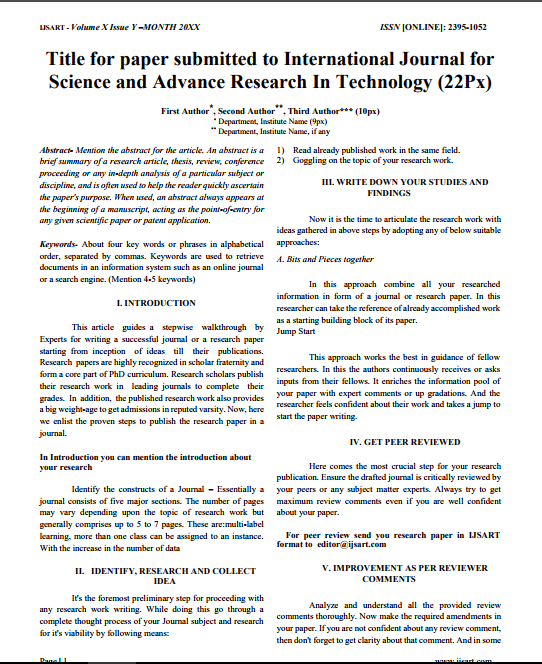Impact Factor
7.883
Call For Paper
Volume: 11 Issue 05 May 2025
LICENSE
Simulation And Analysis Of Mesh Topology Using Ns2 And Cisco Packet Tracer
-
Author(s):
Ashly M Devasia | Suranya Das M S
-
Keywords:
-
Abstract:
Mesh Topology Is A Robust And Reli- Able Network Design Commonly Utilized In Scenarios Requiring High Fault Tolerance And Consistent Data Flow. Packet Tracer, A Versatile Network Simulation Tool Developed By Cisco, Provides An Ideal Environment For Implementing And Studying The Be- Haviour Of Mesh Networks. This Abstract Highlights The Process And Benefits Of Implementing Mesh Topology In Packet Tracer For Educational And Practical Purposes. In A Mesh Topology, Every Node Is Interconnected, Either Fully Or Partially, Ensuring Multiple Communication Paths. This Redundancy Minimizes The Risk Of Network Failure, Making It A Popular Choice For Mission- Critical Networks. The Implementation In Packet Tracer Involves Creating And Connecting Nodes, Such As Routers, Switches, And PCs, Using Appropriate Cables And Configurations To Simulate Full Or Partial Mesh Networks. Protocols Such As OSPF Or EIGRP Are Configured To Optimize Routing And Demonstrate Self- Healing Capabilities. Simulating Mesh Topology In Packet Tracer Offers Several Advantages. It Provides An Interactive Platform To Visualize And Analyse Data Flow, Fault Tolerance, And Load Balancing. Students And Network Professionals Can Experiment With Different Configurations, Observe The Effects Of Link Failures, And Understand How Routing Protocols Adapt To Maintain Network Connectivity. This Abstract Underscores The Value Of Packet Tracer As A Tool For Learning And Experimenting With Mesh Topology, Helping Users Gain A Deeper Understanding Of Real-world Network Design Principles And Their Practical Applications
Other Details
-
Paper id:
IJSARTV11I3102894
-
Published in:
Volume: 11 Issue: 3 March 2025
-
Publication Date:
2025-03-25
Download Article


